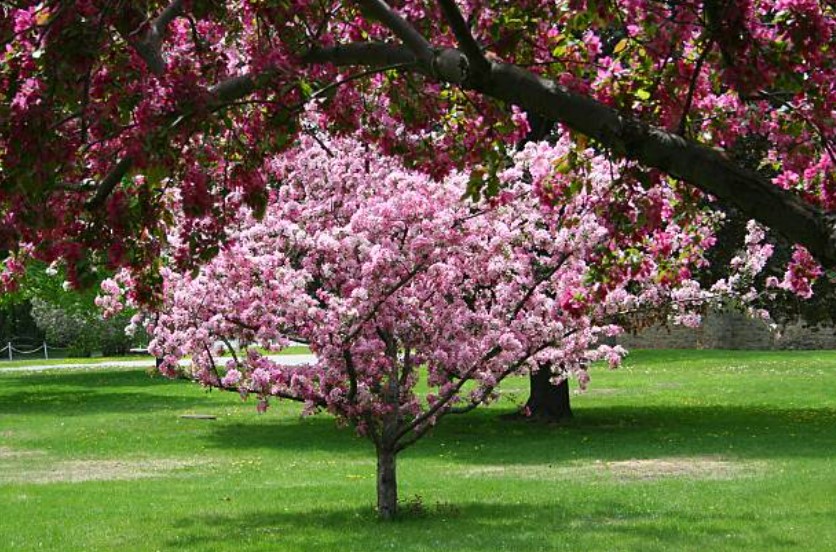
Crab apple trees make wonderful garden trees that are very interesting. The best part is that they produce a ton of vibrantly colored spring flowers and crab apple fruit in the fall. Additionally, some variations are in charge of producing summer foliage that is ornamental.
Crab apples: how do you grow them?
Crab apple trees require a lot of space in addition to a sunny, open location. In this manner, you can fully appreciate and take pleasure in the tree’s fruiting and flowering display. Additionally, they favor high-quality, well-drained soil.
Additionally, the soil ought to be rich in organic matter. The tree can therefore store a lot of moisture during the spring and summer. Additionally, it won’t dry out during the summer. Additionally, organic materials prevent the area from becoming waterlogged. Almost any type of soil is suitable for these trees to grow in.
What varieties of crab apples are there?
There is no denying that there are many different species and varieties of crab apples. However, the majority of them are small and slow-growing. In this manner, it is the ideal addition to a little garden. In addition, the flowers’ hue ranges from bright red to white.
Additionally, the foliage could be green or purple. Some of them also have colors reminiscent of autumn leaves. These trees often produce an abundance of crab apples in the fall and winter, lighting up gardens. These common crab apple apples, which also look stunning in smaller gardens, are Malus Pink Glow, Malus hupehensis, Malus x atrosanguinea Gorgeous, Malus x zumi Golden Hornet, Malus Royalty, and Malus x robusta Red Sentinel.
How are crab apples planted?
The months of November through March are ideal for planting crab apple trees that are available with bare roots. For the ones grown in containers, it may … Read the rest
